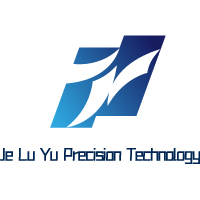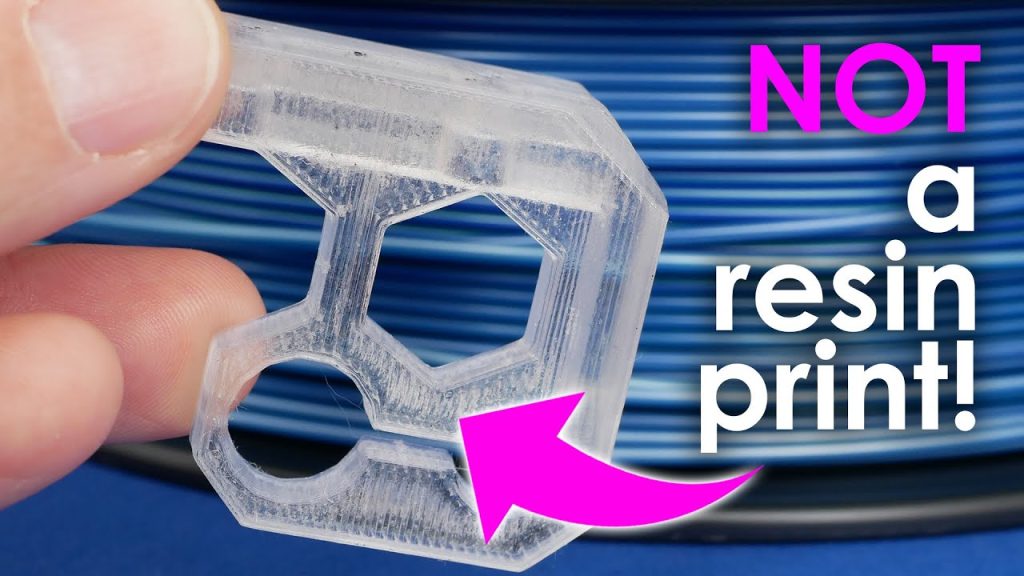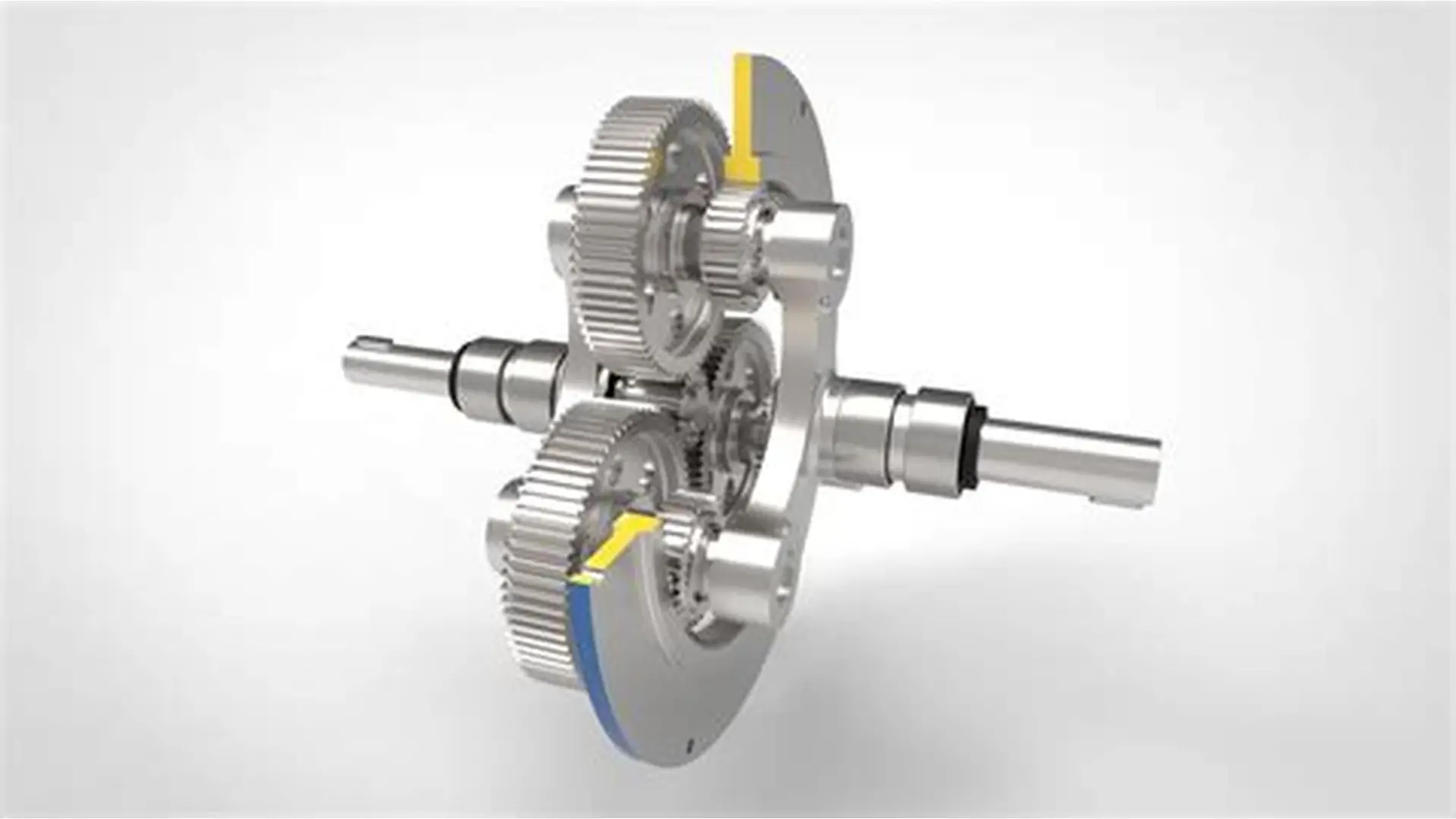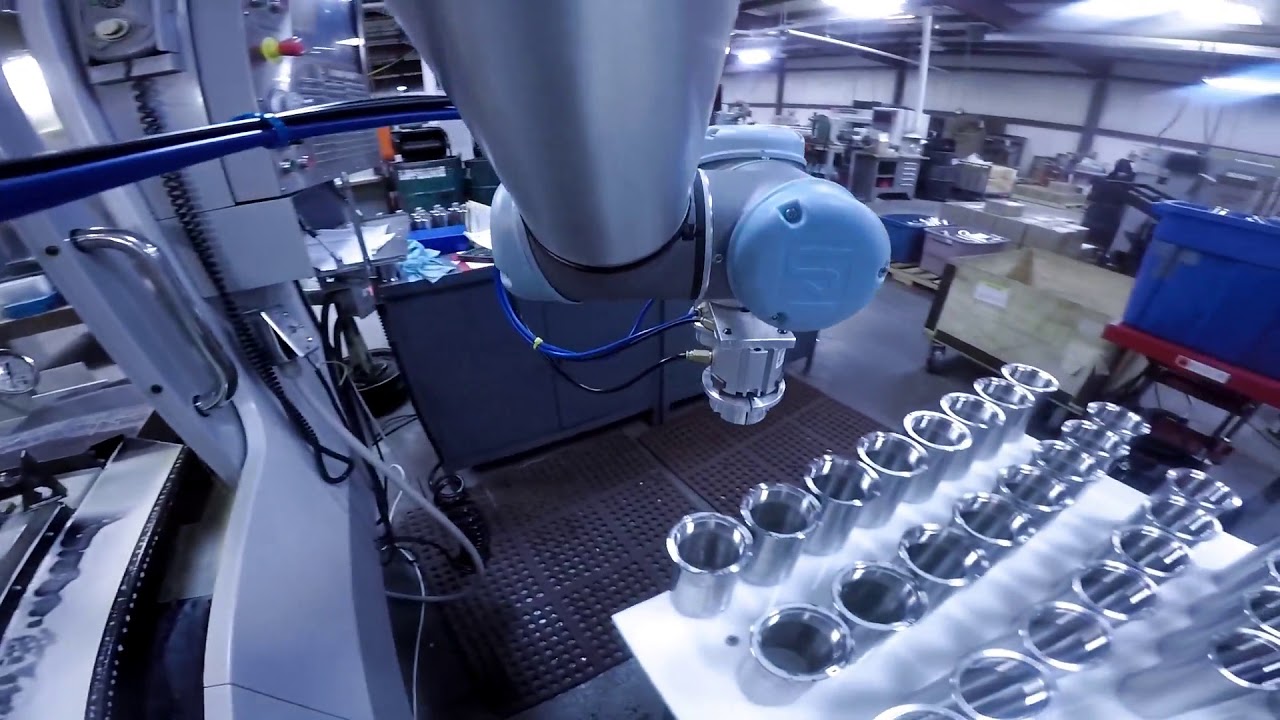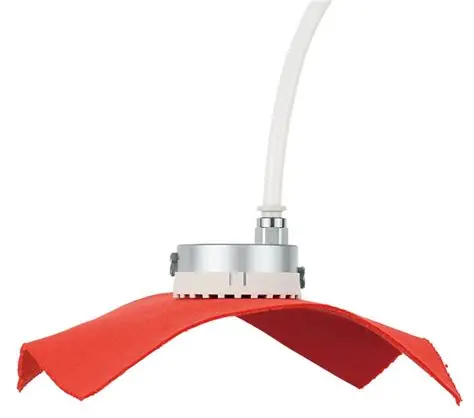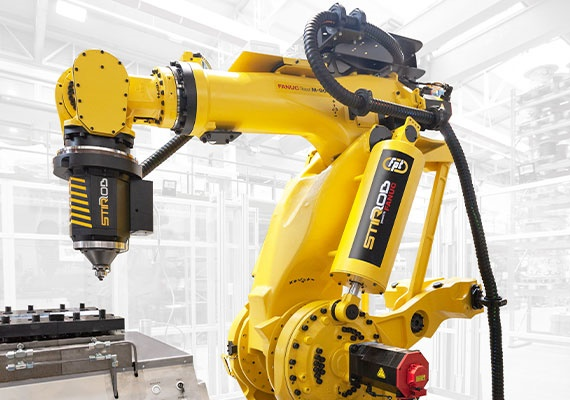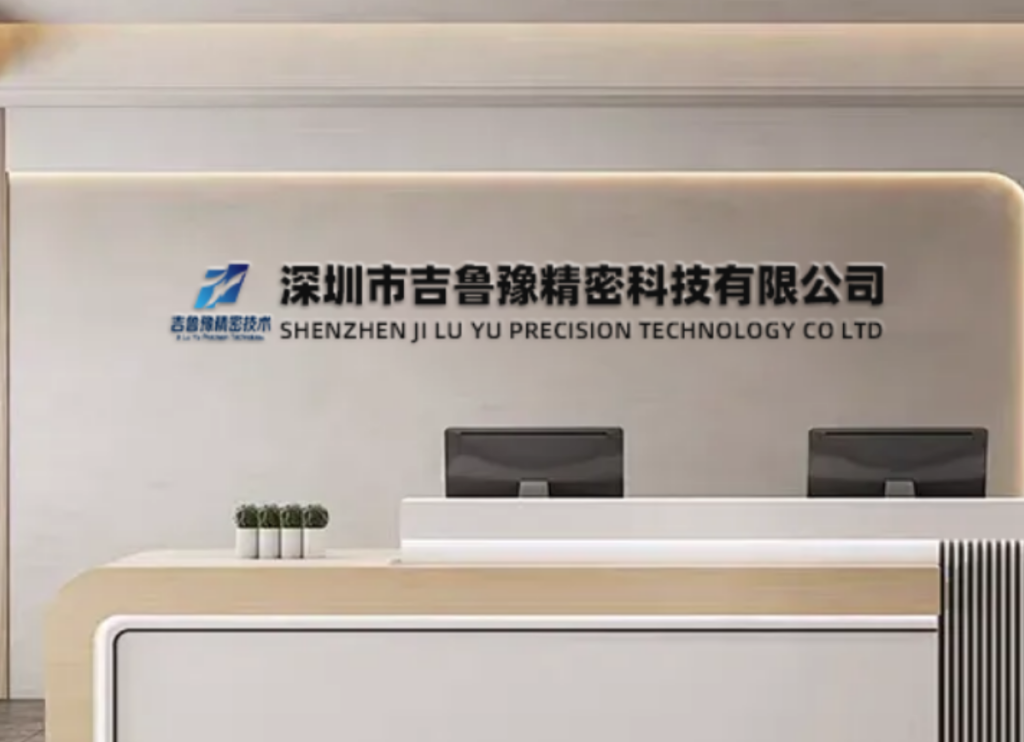PETG Filament 3D Printing: The 2025 Definitive Guide
From JLYPT’s Production Floor
Introduction
Polyethylene terephthalate-glycol (PETG) has quietly become the “Swiss-army knife” of filament extrusion. It marries the clarity of acrylic, the impact strength of ABS, and the chemical resistance of polycarbonate—while remaining as easy to print as PLA. At JLYPT, we run 110 dedicated PETG printers (0.25 mm to 1.2 mm nozzles, 300 °C hot-ends) across 24/7 shifts, delivering everything from FDA-compliant salad boxes to carbon-reinforced drone arms in as little as 48 hours. This guide walks you through the science, design rules, cost structures, and three brand-new case studies that saved customers over $180 k in tooling and months of lead time.
Polyethylene terephthalate-glycol (PETG) has quietly become the “Swiss-army knife” of filament extrusion. It marries the clarity of acrylic, the impact strength of ABS, and the chemical resistance of polycarbonate—while remaining as easy to print as PLA. At JLYPT, we run 110 dedicated PETG printers (0.25 mm to 1.2 mm nozzles, 300 °C hot-ends) across 24/7 shifts, delivering everything from FDA-compliant salad boxes to carbon-reinforced drone arms in as little as 48 hours. This guide walks you through the science, design rules, cost structures, and three brand-new case studies that saved customers over $180 k in tooling and months of lead time.
Table 1 — PETG vs. Other Engineering Filaments
复制
| Property | PETG Clear | PETG-CF15 | ABS | PC | Unit |
|---|---|---|---|---|---|
| Tensile Strength | 50 | 70 | 40 | 70 | MPa |
| Impact (Izod, 23 °C) | 35 | 28 | 38 | 60 | kJ/m² |
| Transparency | 88 % | 0 % | 0 % | 88 % | Visible light |
| Chemical Resistance | Excellent | Good | Poor | Excellent | — |
| Food Contact | FDA | No | No | FDA | — |
| Max Service Temp | 75 | 80 | 95 | 125 | °C |
| Price / kg | $24 | $38 | $20 | $55 | USD |
Table 2 — JLYPT PETG Grades & Applications
| Grade | Additive | Color Stock | Max Build | Typical Use |
|---|---|---|---|---|
| J-PETG Clear | None | Crystal, Smoke, Amber | 600 mm³ | Lighting diffusers, bottles |
| J-PETG-CF15 | 15 % Chopped Carbon | Matte Black | 400 mm³ | Drone arms, jigs |
| J-PETG-ESD | Carbon nanotube | Black | 300 mm³ | Electronics trays |
| J-PETG-FR | Halogen-free FR | Natural | 350 mm³ | E-bike housings |
| J-PETG-Flex | Copolyester blend | Frost | 250 mm³ | Snap lids |
| J-PETG-Food | FDA pigments | Blue, Green | 200 mm³ | Salad boxes, cookie cutters |
Section 1 — Design Guidelines for Flawless PETG Prints
1.1 Wall Thickness & Overhangs
• 0.4 mm nozzle → 1.2 mm wall (3 perimeters) for translucent parts to hide infill shadows.
• Overhang limit 55° without supports; bridging up to 60 mm at 30 mm/s with 100 % fan.
• 0.4 mm nozzle → 1.2 mm wall (3 perimeters) for translucent parts to hide infill shadows.
• Overhang limit 55° without supports; bridging up to 60 mm at 30 mm/s with 100 % fan.
1.2 Holes & Threads
• Vertical holes: +0.15 mm oversize to account for polygon faceting.
• Threads M4–M12: print undersized 0.2 mm, then chase with tap; for >M12 use heat-set brass inserts at 180 °C.
• Vertical holes: +0.15 mm oversize to account for polygon faceting.
• Threads M4–M12: print undersized 0.2 mm, then chase with tap; for >M12 use heat-set brass inserts at 180 °C.
1.3 Optical Clarity Tricks
• Print at 0.1 mm layer height, 105 % flow, then vapor-polish with ethyl acetate for 30 s to reach 90 % transparency.
• Orient flat surfaces parallel to build plate to eliminate layer lines in light path.
• Print at 0.1 mm layer height, 105 % flow, then vapor-polish with ethyl acetate for 30 s to reach 90 % transparency.
• Orient flat surfaces parallel to build plate to eliminate layer lines in light path.
1.4 Food-Safe Certification
• Use dedicated stainless-steel nozzles and food-grade blue pigment masterbatch.
• Post-cure at 60 °C for 30 min to drive off residual monomer (<10 ppm).
• Use dedicated stainless-steel nozzles and food-grade blue pigment masterbatch.
• Post-cure at 60 °C for 30 min to drive off residual monomer (<10 ppm).
Section 2 — Large-Format PETG Printing
Our Modix BIG-120X (600 × 600 × 600 mm) features:
• 80 °C chamber → eliminates warping on 500 mm parts.
• 1.2 mm nozzle → 0.8 kg/h deposition, 70 % time savings vs. 0.4 mm.
• Downside: ±0.25 mm tolerance; critical faces receive 0.5 mm machining allowance.
• 80 °C chamber → eliminates warping on 500 mm parts.
• 1.2 mm nozzle → 0.8 kg/h deposition, 70 % time savings vs. 0.4 mm.
• Downside: ±0.25 mm tolerance; critical faces receive 0.5 mm machining allowance.
Table 3 — Cost vs. Injection Molding (1,000 pcs)
| Metric | PETG FDM | Injection Mold (Eastman Tritan) |
|---|---|---|
| Mold Cost | $0 | $22,000 |
| Part Cost | $4.20 | $0.95 |
| Lead Time | 5 days | 7 weeks |
| Design Change Cost | $0 | $3,000 |
| Break-even Volume | — | 6,300 pcs |
| Conclusion: PETG FDM is cost-effective below 6,000 units or when market feedback is uncertain. |
Section 3 — Post-Processing & Finishing
| Finish | Method | Ra Achieved | Add Cost | Lead Add |
|---|---|---|---|---|
| Vapor Polish | Ethyl acetate vapor | 0.4 µm | $0.04 / cm² | 24 h |
| CNC Micro-mill | 0.5 mm end-mill | 0.2 µm | $0.12 / cm² | 48 h |
| Heat-stake Inserts | Ultrasonic 180 °C | ±0.05 mm | $0.05 / insert | 2 h |
| Dye-sublimation | 180 °C transfer | Full color | $0.15 / cm² | 36 h |
Quality Control:
• First-article 3D scan (GOM ATOS) within ±50 µm.
• In-line laser micrometer for layer deviation.
• Batch CMM report emailed with every shipment.
• First-article 3D scan (GOM ATOS) within ±50 µm.
• In-line laser micrometer for layer deviation.
• Batch CMM report emailed with every shipment.
Section 4 — Case Studies
Case A — Transparent Beverage Bottle Prototype
Client: Beverage start-up
Challenge: 1 L ergonomic bottle, FDA contact, 7-day Kickstarter deadline.
Solution: Printed in J-PETG Clear on BIG-120X, 0.25 mm layer, vapor-polished. Fit standard 28 mm PCO cap thread.
Result: 200 units shipped to influencers in 5 days; campaign hit 400 % funding.
Client: Beverage start-up
Challenge: 1 L ergonomic bottle, FDA contact, 7-day Kickstarter deadline.
Solution: Printed in J-PETG Clear on BIG-120X, 0.25 mm layer, vapor-polished. Fit standard 28 mm PCO cap thread.
Result: 200 units shipped to influencers in 5 days; campaign hit 400 % funding.
Case B — Carbon-Fiber Drone Arm
Client: Ag-tech OEM
Challenge: 300 mm arm, 5 kg payload, crash-resistant.
Workflow:
Client: Ag-tech OEM
Challenge: 300 mm arm, 5 kg payload, crash-resistant.
Workflow:
-
Topology optimized in Fusion 360.
-
Printed in PETG-CF15, 0.2 mm, 100 % infill at joint bosses.
-
CNC-milled motor mount faces to ±0.02 mm.
Outcome: Passed 100 G drop test; saved $42 k vs. machined carbon plate.
Case C — ESD-Safe Electronics Tray
Client: Automotive Tier-1
Challenge: 400 mm tray, static dissipative, 300-piece pilot run.
Solution: Printed in J-PETG-ESD, 0.3 mm layer, with living hinges for cable clips. Surface resistivity 10⁶ Ω/sq within spec.
Lead time: 10 days vs. 8-week aluminum mold.
Client: Automotive Tier-1
Challenge: 400 mm tray, static dissipative, 300-piece pilot run.
Solution: Printed in J-PETG-ESD, 0.3 mm layer, with living hinges for cable clips. Surface resistivity 10⁶ Ω/sq within spec.
Lead time: 10 days vs. 8-week aluminum mold.
Section 5 — Pricing Matrix
| Volume | Layer 0.2 mm | Layer 0.1 mm | Rush (24 h) |
|---|---|---|---|
| < 100 cm³ | $0.07 / cm³ | $0.09 / cm³ | +100 % |
| 100–2,000 cm³ | $0.05 / cm³ | $0.07 / cm³ | +100 % |
| 2,000–20,000 cm³ | $0.04 / cm³ | $0.06 / cm³ | +100 % |
| > 20,000 cm³ | Custom | Custom | Custom |
Prices include support removal, light sanding, dimensional report, and carbon-neutral shipping in North America.
Section 6 — Sustainability & Closed-Loop Recycling
• 78 % support waste is pelletized into RePETG pellets for non-critical jigs.
• Solar-thermal pre-heat saves 22 % electricity on big parts.
• Take-back program recycles end-of-life parts into acoustic panels for offices.
• Solar-thermal pre-heat saves 22 % electricity on big parts.
• Take-back program recycles end-of-life parts into acoustic panels for offices.
Section 7 — FAQ
Q: Is PETG microwave-safe?
A: Yes—up to 100 °C continuous, 120 °C intermittent.
A: Yes—up to 100 °C continuous, 120 °C intermittent.
Q: Can PETG be sterilized?
A: Gamma, EtO, and autoclave up to 121 °C for 15 min (medical grade only).
A: Gamma, EtO, and autoclave up to 121 °C for 15 min (medical grade only).
Q: Will PETG yellow in sunlight?
A: Add UV-filter masterbatch or coat with automotive clear coat.
A: Add UV-filter masterbatch or coat with automotive clear coat.
Ready to print? Upload your PETG-ready file to <url id=”d2693cu4bbjmgh1i7fpg”> and get an instant quote with free DFM feedback in under 12 hours.
